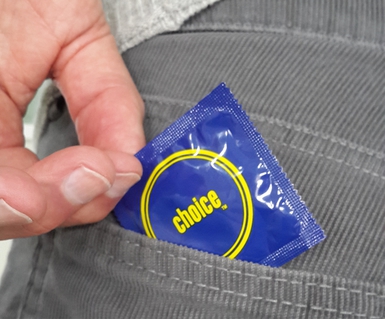Surviving nursing school may be one of the most difficult things a student will ever do. Many nursing students have waited years to get into a program. They may have been out of school for a while as they waited for their name to come up on a waiting list. Most programs are rigorous and demanding from the very first day to the last. Students who do not have good study skills and time management skills may perish.
I have compiled a combination of suggestions on how to survive nursing school. Some of these come from my observations during more than ten years as a professor and other suggestions have come directly from students.
Advice From the Nursing Professors:
. Get organized from day one.
. Use a paper or electronic calendar to keep track of when assignments are due. Schedule time to read. I write the book name and which pages I plan to read into the days on the calendar to make sure I cover all of it.
. Know your learning style and work with it.
. There are free assessments on the internet that you can do if you are not sure.
If you are a visual learner, make flash cards with drawings. If you are an auditory learner, record your lectures and yourself reading out loud so you can listen to it while studying.
. If you do not understand something, get help right away.
. Class material in nursing school often builds on prior material. So if you do not comprehend a concept, you may find that it comes back to haunt you when you are learning more complex material.
. Don’t forget to take care of yourself.
. Eat healthy foods, get regular exercise of your choice and take time to have fun. These practices give nursing students the vitality to survive the demands of school.
Advice From the Students:
. Have at least one study partner.
New students, when you have vacation breaks, read materials to get ahead of the game. Be organized with your printed materials, save everything from first semester because it might come in handy some day. Continue to review math formulas and conversions for pharmacology because it never goes away. E-books are cheaper, very useful, and easy to carry around in your laptop or tablet or even mobile device.
. Practice very effective time management.
For working nursing students, my advice is for them to prioritize, take breaks, and balance life. It's a struggle especially if you really can't quit your job even though you want to but it is manageable. If you're determined, you can do it. And also, just do it! Everything in nursing school is a learning experience and if you don't do it, you won't learn it, and you'll regret it. It might be intimidating, but it is better to make the mistakes now rather than in the real world when you're responsible.
. Learn from your mistakes.
Respect everyone especially dedicated teachers because we owe it all to them. Listen more and talk less if necessary. Follow your gut. Don't change answers. And always remember that nursing is a profession, but you and your loved ones are still the priority.
In addition to all the usual advice, knowing how to type by touch has helped me immensely as a time saver. I have an advantage over those who need to hunt and peck in addition to all the studying they do. They also should have Microsoft Office or at least Word on their computer.
. Get some sort of experience. My advice would be to have some sort of experience in the field before starting nursing school, whether it be CNA, EMT or anything. That would have helped me more than anything.
. Pile up those books.
Get a pathophysiology book and NCLEX review book from the start and use those along with the assigned textbooks to study new material.
. Do the assigned reading before class.
Coming to class prepared makes a huge difference. Even if you just read the key points and outline of the chapters before lecture, it really does help you understand the material as well as retain it.
. Take time to review.
Shortly after lecture, take 30 minutes to 1 hour to review the information that was discussed in lecture. Make sure you do it right away because the longer you put it off the less information you will retain.
. Join a small study group. Studying with them will help you as well as the others in the group review the information. If you are able to put the lecture material in your own words and present it to the study group, chances are you know the information very well.
. Do as many practice questions as possible.
This will help you with knowledge of how to break down each question as well as increase your critical thinking skills.
Being a nursing student is difficult but you can do it. Besides being one of the most difficult periods in your life, it is also one of the most rewarding. You will be amazed at how much you have learned by the end of each semester. You may not stay friends forever but you will always remember your classmates and the bond that you shared.
You will also remember those first patients who were willing to let you practice on them to help you learn while they suffered with illness. You will not only learn about how to be a nurse, but you will also learn so much about yourself and how much you can achieve.
reference:
http://www.nursingworldnigeria.com/2014/10/14-pieces-of-advice-every-nursing-student-should-receive-by-pamela-kersey/pix: @nellyiyaji,
@backt'areainfirstation




















